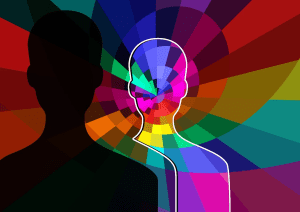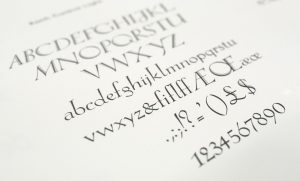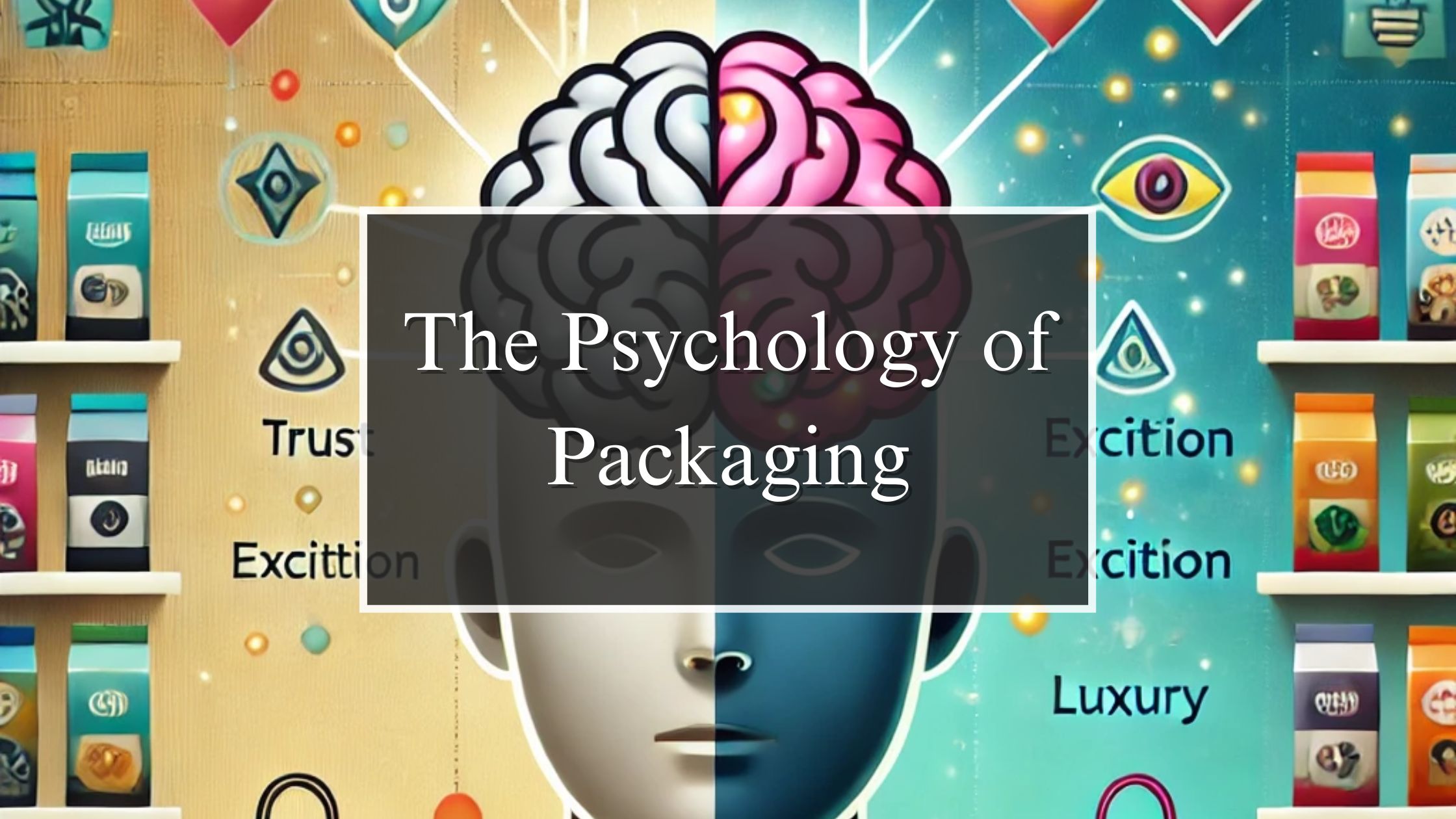Introduction – The Psychology of Packaging
In moment’s competitive business, where consumers are submersed with choices, the part of packaging extends beyond bare constraint of a product. It serves as a silent minister of the brand, impacting copping opinions and shaping client comprehensions. Understanding the psychology behind packaging design can give businesses with a strategic advantage, enabling them to connect more effectively with their target followership.
The Power of First prints
First prints are vital, especially in retail surroundings. Packaging frequently serves as the original point of contact between a product and an implicit client. Within seconds, a well- designed package can allure attention, convey brand values, and separate a product from its challengers. This immediate impact is pivotal, as studies have shown that consumers make rapid-fire judgments about a product’s quality and advisability grounded on its packaging alone.
Color Psychology in Packaging
Color is a important tool in packaging design, able to elicit feelings and impacting consumer behavior. Different colors can spark specific cerebral responses

- Red Associated with excitement, passion, and urgency. It’s generally used to stimulate appetite, making it popular in food packaging.
- Blue Conveys trust, trustability, and calmness. frequently employed by brands aiming to establish a sense of security and professionalism.
- Green Symbolizes nature, health, and sustainability. constantly set up in products that are eco-friendly or health- acquainted.
- Yellow Evokes passions of happiness and sanguinity. It’s attention- grabbing and can produce a sense of warmth.
- Black Represents luxury, complication, and fineness. generally used in high- end product packaging.
- White Signifies chastity, simplicity, and cleanliness. Generally used to convey minimalism and fustiness.
Opting the applicable color scheme is essential, as it aligns the product with the brand’s identity and prayers to the intended followership’s feelings.
Typography and Its Impact
Typography plays a significant part in packaging design, impacting readability and brand perception. The choice of fountain style, size, and arrangement can convey different dispatches

- Serif sources Traditional and dependable, frequently used by brands aiming for a classic or formal appeal.
- Sans- Serif sources Modern and clean, suitable for brands that want to project a contemporary image.
- Script sources Elegant and sophisticated, ideal for luxury products or particulars targeting a womanlike followership.
Clear and comprehendible typography ensures that essential information, similar as product names and benefits, is fluently accessible, enhancing the overall stoner experience.
The Influence of Packaging Shape and Material
The shape and material of packaging significantly affect consumer comprehensions
- Shape – Unique and ergonomic designs can make a product stand out on shelves and enhance usability. For illustration, a satiny, slender bottle may convey fineness, while a sturdy, cubical package might suggest continuity.
- Material – The tactile experience of packaging material influences perceived quality. Premium material like glass or high- quality plastics can conduct a sense of luxury, while sustainable accoutrements appeal to environmentally conscious consumers.
Innovative shapes and accoutrements not only attract attention but also communicate the brand’s commitment to quality and stoner experience.
The part of Imagery and Graphics
Visual rudiments similar as images, ensigns, and plates are integral to packaging design. They serve multiple functions
- Brand Recognition – Harmonious use of ensigns and brand colors fosters recognition and trust.
- Product Information – Images can snappily convey the product’s purpose or flavor, abetting in quick decision- timber.
- Emotional Connection – Plates that reverberate with the target followership’s life or bourns can produce a deeper emotional bond.
Strategically chosen imagery ensures that the packaging communicates the right communication and prayers to the asked request member.
Sustainability and Eco-Friendly Packaging

Ultramodern consumers are decreasingly concerned about environmental sustainability. Packaging that reflects eco-friendly practices can significantly impact copping opinions. exercising recyclable accoutrements , reducing packaging waste, and easily communicating these sweats on the packaging can enhance brand image and appeal to a growing member of environmentally conscious consumers.
Cultural Considerations in Packaging Design
Cultural nuances play a pivotal part in how packaging is perceived. Colors, symbols, and indeed packaging structures can have different meanings across societies. Brands aiming for a global request must probe and acclimatize their packaging designs to align with the artistic preferences and perceptivity of each region to avoid misconstructions and insure the product resonates with original consumers.
The Unboxing Experience
The unboxing experience has come a vital aspect of consumer satisfaction and brand liar. Thoughtful packaging design that offers an pleasurable unboxing process can lead to positive word- of- mouth and social media sharing. rudiments similar as easy- to-open designs, substantiated dispatches, and aesthetically pleasing arrangements contribute to a memorable unboxing experience, fostering client fidelity and enhancing brand perception.
Conclusion
Packaging is far further than a defensive vessel for a product; it’s a strategic tool that influences consumer behavior and perception. By understanding and applying the principles of color psychology, typography, shape, material selection, and artistic mindfulness, brands can draft packaging that not only attracts attention but also builds an emotional connection with consumers. In an decreasingly crowded business, investing in thoughtful packaging design is essential for standing out and achieving long- term success.
